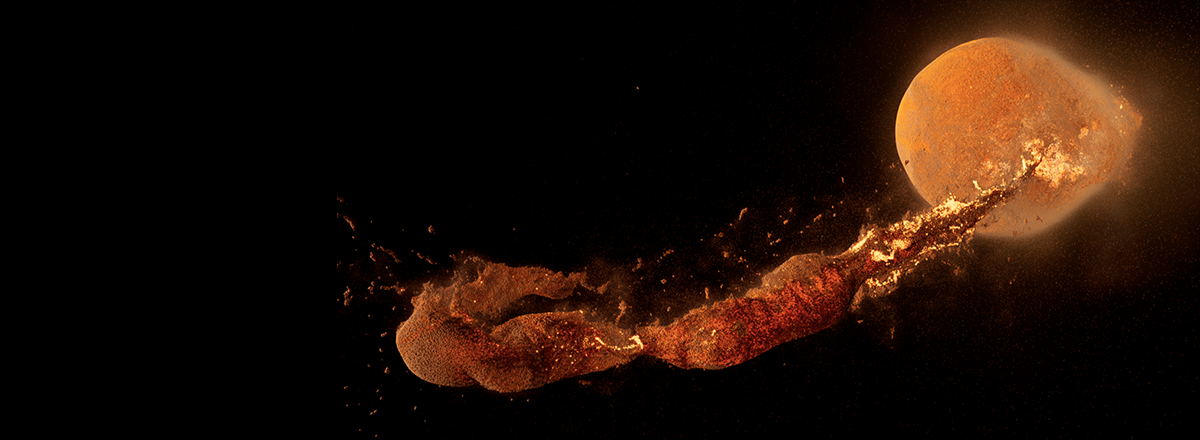New Study Suggests That Earth Harbors Remnants of a Moon-Forming Protoplanet
These continent-sized anomalies, known as large low-velocity provinces (LLVPs), have long puzzled scientists due to their higher density and temperature compared to the surrounding mantle.

A new study suggests that remnants of a Mars-sized protoplanet, known as Theia, may have been buried deep within Earth following a cataclysmic collision, shedding new light on the formation of the moon and Earth's unique characteristics.
The prevailing theory states that about 4.5 billion years ago, Earth was struck by Theia, resulting in the moon's formation from the debris of this colossal impact. However, conclusive evidence for Theia's existence has remained elusive. Now, this study proposes an alternative explanation, suggesting that two massive "blobs" within Earth's mantle, located approximately 1,800 miles below the surface, could be remnants of Theia.
These continent-sized anomalies, known as large low-velocity provinces (LLVPs), have long puzzled scientists due to their higher density and temperature compared to the surrounding mantle. The research team's simulations reveal that Theia's material, denser and hotter than Earth's mantle, penetrated deep into our planet's lower mantle during the ancient collision. Over time, this material solidified and formed the two LLVPs.
This discovery may help explain Earth's distinctiveness, as the Theia collision fundamentally altered the planet's composition, setting it apart from other rocky worlds. Furthermore, Theia could have played a role in delivering essential ingredients for life, such as water, to Earth.

